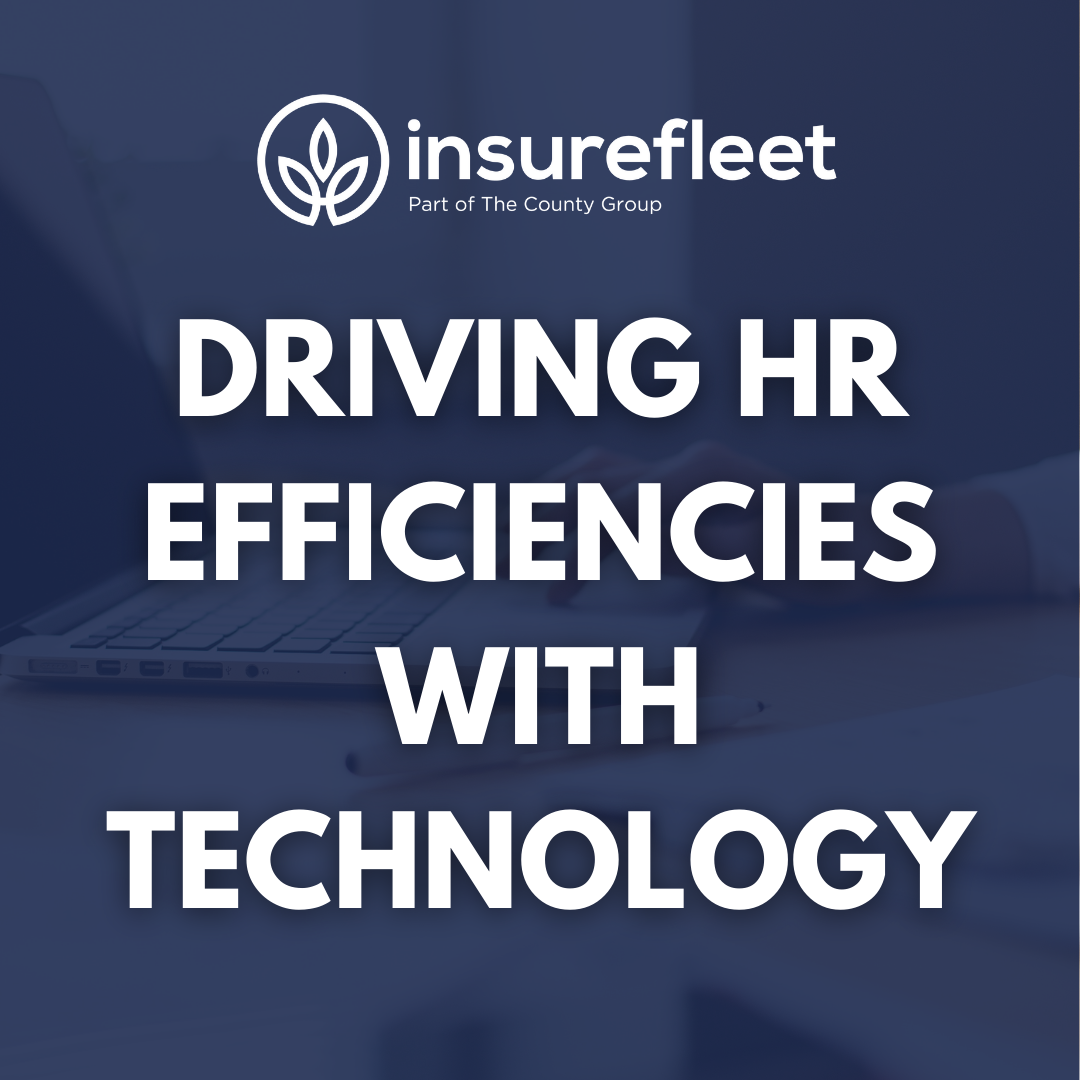Driving HR Efficiencies With Technology

Improving workplace efficiency is about helping employees work smarter, not harder. Fortunately, in today’s world, technology can help improve efficiency and productivity in the workplace—especially for HR professionals.
No matter the size of the organisation, its needs can feel overwhelming for HR leaders, especially when they are faced with normal factors like team holidays and evolving duties—or new responsibilities due to COVID-19. And with many organisations increasing the use of remote work during the COVID-19 pandemic, there is increasing pressure for employers and employees to adopt technology and tools needed for collaborating, communicating and working from a distance.
This article discusses how HR departments can improve efficiencies through process improvements and technology that can help shift their focus from administrative tasks to high-impact tasks—like strategy, employee engagement and change management.
With efficiency and productivity as common workplace goals, it’s important to first recognise the daily challenges. In doing so, an organisation can understand where improvements can make a big impact. HR professionals spend much of their everyday time and energy on the following tasks:
Managing employee information
Managing payroll, including timesheets and paid time off (PTO) requests
Managing employee benefits
Planning organisation events
Staying up to date on regulations
Not all workplaces are the same, so the best way to find out what’s holding employees back from being efficient is to simply ask. Consider where it’s possible to automate processes and management so HR employees can focus time and energy on more important things like selecting the best employee benefits or focusing on organisational culture.
Additionally, process improvements and technology can help improve workplace efficiencies for HR professionals. Software can also help ensure compliance, privacy and accuracy of sensitive employee information. Organisations should maintain a robust process infrastructure, especially for process-heavy departments like HR that have a major impact on influencing an organisation’s bottom line.
Workflow technology can be customised to fit an organisation’s unique needs and processes. Manual workflow management is cumbersome and time-intensive, especially for HR professionals. HR workflow automation can help ease tasks, improve accuracy, increase employee buy-in and more. Consider how the following challenging workflows could be revamped with automation and software:
Onboarding—Technology can help improve process accuracy and speed up the process flow. New employees can complete and sign onboarding paperwork electronically, and then stakeholders can be notified automatically to stay informed.
Offboarding—This process is just as important as onboarding. Technology can ensure records are well kept and accurate, ensure compliance and give HR leaders peace of mind as employees leave the organisation.
Employee information—It’s easy for errors to happen with manual data entry. Software can make the overall management process simple, from collecting employees’ confidential information to retrieving it at a later time.
PTO requests—Automating time-off requests with a workflow system can speed up approval time. Depending on an organisation’s PTO policy, employees may use more of their earned PTO if there are fewer obstacles to submit requests. This can result in higher productivity overall as a result of employees taking time off to recharge, which is especially important during the pandemic.
Project planning—This will vary by organisation and depend on unique challenges or pain points. Consider projects within the HR department or projects throughout the organisation that HR is supporting. Start with evaluating current workflows and identifying existing problems. Focus on the areas where efficiency can be improved.
When it comes to an initiative that applies to an entire organisation, buy-in and engagement are critical starting points. If the technology makes sense to stakeholders, the initiative is much more likely to get support.
To stakeholders, support comes from understanding the value. Focus on how the workflow improvement or technology will lower the cost per transaction and improve an organisation’s productivity. Quantify the advantages to have better success in selling new investments that will increase HR efficiencies. Once approval is given, HR professionals can start simple with administrative tasks like data management and payroll to increase support—and then build on that to address other workflows and processes. Additionally, they should consider providers and discuss whether their current technology is being underutilised.
Having new technology doesn’t do much good if employees won’t use it. Quick adoption is especially important during the COVID-19 pandemic if employees are working remotely or not able to receive in-person training. Many organisations rely on training and leadership communication to help boost user adoption.
However, a PwC survey recently revealed that training and leadership communication are the two least effective strategies for increasing the use of new technologies. Topping the list of most effective were the use of incentives and gamification. Consider how these strategies might motivate your organisation and employees to adopt new technology and tools that are both intuitive and accessible.
Automation and technology can help improve efficiency and productivity for employees, especially for HR professionals whose attention and time may be pulled in many different directions. Add in evolving duties or COVID-19 response plans, and HR professionals’ plates are feeling full. Start small with automating projects or processes and tackle the biggest pain points first.
« Back to all news






